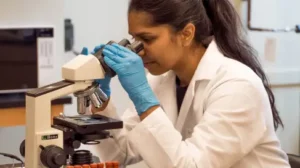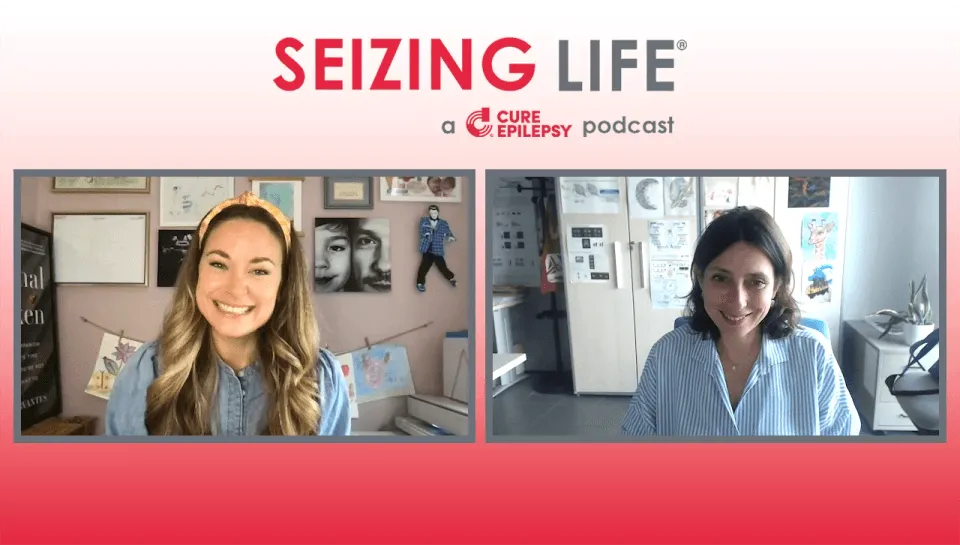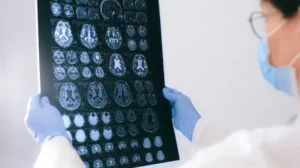Stem Cell Therapy Jumpstarts Brain Recovery After Stroke
Article published by Gladstone Institutes
For survivors of the most common type of stroke, called an ischemic stroke, only about five percent fully recover. Most others suffer from long-term problems, including weakness, chronic pain, or epilepsy. In a recent study, scientists at Gladstone Institutes and the regenerative medicine company SanBio have shown that a therapy derived from stem cells can restore normal patterns of brain activity after a stroke.
The modified stem cells used in the study have been in clinical development for more than a decade to treat stroke and traumatic brain injuries. Researchers have found that cells in damaged brain regions can become overly active or hyperexcitable, sending out signals that are too strong or too frequent to other brain regions. “This hyperexcitability has been linked to movement problems and seizures, but no therapies have been developed to effectively reverse it,” says Gladstone Investigator Jeanne Paz, PhD, who is also a member of the International Post-Stroke Epilepsy Consortium, which aims to accelerate discoveries to prevent the development of epilepsy after stroke.
While most treatments must be administered in the immediate hours after a stroke to have a benefit, the cell therapy was effective in animals even when given one month later. “There are currently no treatments that can be given weeks or months after a stroke to prevent long-term symptoms, so this is incredibly exciting,” says Paz, who led the new study. “It seems these cells are essentially jump-starting the brain’s own repair processes,” says Barbara Klein, PhD, a principal scientist at SanBio and first author of the new study. “This may open a new window of opportunity for the brain to recover, even in the chronic phase after a stroke.” However, more work is needed to prove that the decreased hyperexcitability induced by the stem cells ultimately leads to reduced symptoms in patients. If it does, additional treatments could be developed to calm overactive neurons. The team also hopes to eventually gain a better understanding of how exactly the stem cells improve brain functions. If they can pinpoint a few molecules that play key roles, they may be able to develop new drugs that mimic the effects of the stem cells.







